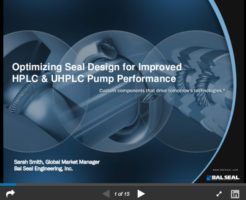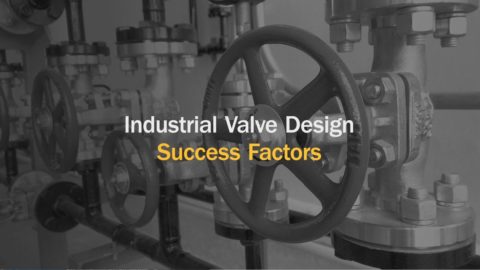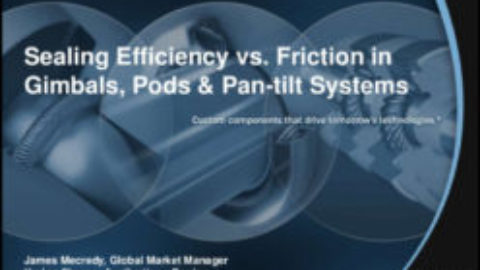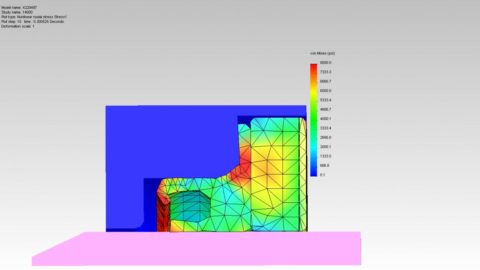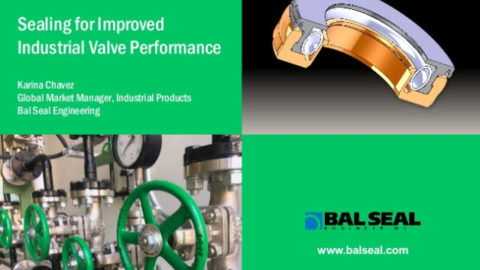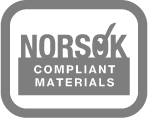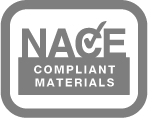Seals play a critical role in the accurate and proper functioning of HPLC and UHPLC pumps. Various factors can impact the success of HPLC pump sealing, so it helps to understand how the type of liquid chromatography you’re working with can affect seal design recommendations.
The presentation below will provide a brief overview of:
- Major liquid chromatography types
- HPLC pump seal requirements
- Design considerations for HPLC pump seals
- How to optimize seals for UHPLC pumps
Having trouble viewing the presentation? If you are using Internet Explorer, click here to download the latest version.
Major Liquid Chromatography Types
There are 3 major types of liquid chromatography:
- High performance liquid chromatography (HPLC) is used throughout various industries including drug development, forensics, and food science.
- Preparative HPLC involves a higher flow rate and purification process.
- Ultra high pressure liquid chromatography (UHPLC) involves higher pressure rating and lower flow rate.
HPLC Pump Seal Requirements
A major factor to consider when designing an HPLC pump seal is its environment. For example, operating conditions, what HPLC solvents are used, and performance criteria can significantly affect the performance of the pump.
HPLC seals prevent mobile phase from leaking into the back of the pump.
To prevent issues with precision, consistency, and accuracy, HPLC pump seals must:
- Mediate friction and sealing effectiveness to protect against leakage
- Maintain consistent pressure for over a million cycles
- Resist wear in aggressive HPLC solvents and buffers
- Minimize shedding to reduce process contamination
Design Considerations for HPLC Pump Seals
When designing a seal for your HPLC pump, you should consider its:
- Geometry. For example, a flange design will help reduce pulsation and a short inner diameter lip reduces friction.
- Jacket material. Some materials (such as PTFE) provide chemical resistance to HPLC solvents and buffers, and have a higher temperature resistance.
- Spring energizer. This provides consistent spring force, minimizes corrosion of hardware, and allows for customizable loads.
How to Optimize Seals for UHPLC Pumps
To optimize your seal for a UHPLC pump, you should account for higher pressure variation, lower flow rate, smaller particle sizes, and higher sensitivity.
This may involve using a:
- non-flange design
- shorter seal inner diameter lip
- metal or ceramic backup ring
- concave back to handle higher pressure distribution
Customize HPLC Pump Seal Design with Bal Seal Engineering
To eliminate costly mistakes and delays, consider sealing requirements as part of the overall HPLC pump design.
By collaborating with Bal Seal Engineering, you can get a custom seal that meets all your system and/or application requirements.
